Home>Dining>Tableware>What Is The Best Glassware For Performing Small Chemical Reactions
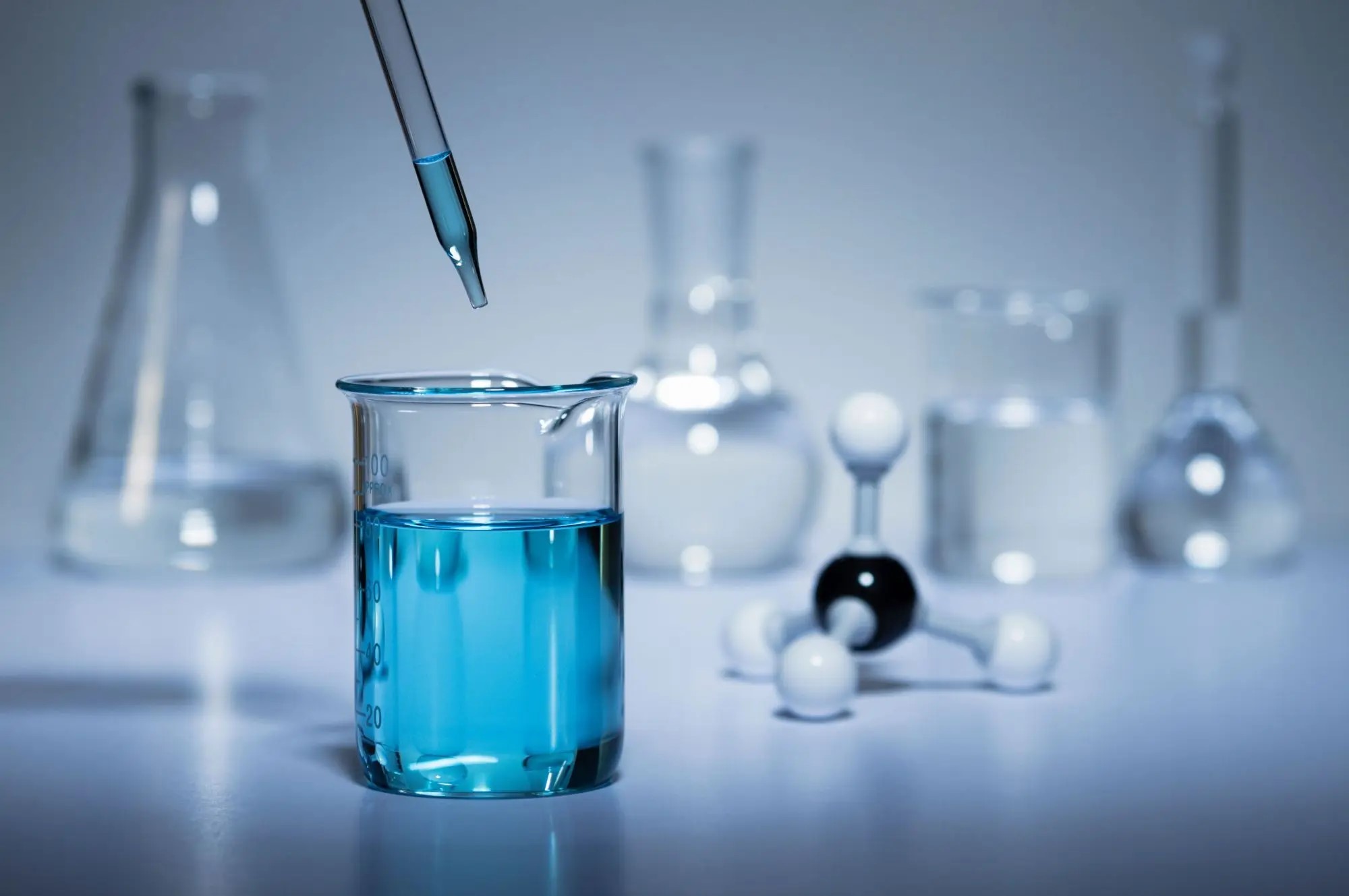

Tableware
What Is The Best Glassware For Performing Small Chemical Reactions
Modified: October 20, 2024
Looking for the best glassware for small chemical reactions? Discover the ideal tableware options for performing precise and safe experiments.
(Many of the links in this article redirect to a specific reviewed product. Your purchase of these products through affiliate links helps to generate commission for Storables.com, at no extra cost. Learn more)
Introduction
When it comes to performing small chemical reactions, having the right tableware is crucial. The choice of glassware can greatly impact the success and accuracy of experiments. Whether you’re a student in a laboratory or a professional chemist, understanding the different types of glassware and their uses is essential.
Glassware is not just a vessel to hold liquids; it is specifically designed to facilitate various reactions and observations. Each type of glassware has unique properties and features that make it suitable for specific tasks. In this article, we will explore the best glassware for performing small chemical reactions, covering beakers, Erlenmeyer flasks, test tubes, watch glasses, Petri dishes, graduated cylinders, glass stirring rods, and crucibles.
By understanding the purpose and characteristics of each glassware, you can ensure the safety and accuracy of your experiments. So let’s delve into the world of glassware and discover the perfect tools for your chemical reactions.
Key Takeaways:
- Choose the right glassware for precise measurements and controlled reactions. Beakers, Erlenmeyer flasks, and graduated cylinders are essential for various laboratory applications, ensuring accuracy and safety in experiments.
- Versatile glassware such as test tubes, watch glasses, and Petri dishes offer convenience and protection during small-scale reactions and sample handling. Understanding their unique features is crucial for successful laboratory experiments.
Read more: What Is Crystal Glassware
Beakers
Beakers are one of the most commonly used types of glassware in the laboratory. They have a cylindrical shape with a flat bottom and a pouring spout on the rim. Beakers are available in various sizes, ranging from a few milliliters to several liters, allowing for flexibility in experiment volume.
The wide opening of a beaker makes it easy to pour and mix liquids. They are primarily used for holding, measuring, and mixing liquids, and are suitable for both heating and cooling applications. Beakers are often marked with volume graduations, making them useful for approximate measurements.
The flat bottom of a beaker provides stability when resting on a lab bench or a hot plate. However, be aware that the accuracy of measurements may be affected due to the difficulty of precisely measuring the volume without a graduated scale along the sides.
Beakers are generally made of borosilicate glass, which can withstand high temperatures and resist chemical reactions. This makes them suitable for various experiments involving heating, acid-base reactions, or simple mixing of solutions. However, they may not be the best choice for precise measurements or reactions requiring specific ratios or controlled conditions.
To further enhance the functionality of beakers, accessories such as watch glasses or beaker covers can be used to prevent contamination or evaporation. Beakers also come with varying diameter-to-height ratios, which can affect the ease of stirring and heat distribution within the liquid.
In summary, beakers are versatile and essential glassware in any laboratory. They are ideal for holding, measuring, and mixing liquids and can withstand high temperatures and resist chemical reactions. However, for more precise measurements or controlled reactions, other glassware may be more suitable.
Erlenmeyer Flasks
Erlenmeyer flasks, also known as conical flasks, are widely used in chemical laboratories and are recognizable by their distinctive shape. They have a flat bottom with sloping sides that converge into a narrow neck, which is equipped with a small opening or stopper. These flasks are available in various sizes, typically ranging from 50 ml to 5000 ml.
The design of Erlenmeyer flasks offers several advantages. The sloping sides allow for easy swirling and mixing of liquids without the risk of spilling. The narrow neck prevents the escape of vapors or splattering of liquids during heating or stirring. The smaller opening also makes it easier to control the addition of reagents or solvents to the flask.
Erlenmeyer flasks are made of borosilicate glass, similar to beakers, which provides resistance to heat and chemicals. This makes them suitable for a wide range of applications, including titrations, culturing microorganisms, and general mixing or storage of liquids.
One notable benefit of Erlenmeyer flasks is their versatility in the laboratory. They can be placed on a hot plate or in a water bath for heating or cooling purposes. The flat bottom provides stability on surfaces, and the flask can be easily swirled or agitated without the risk of spillage.
Although Erlenmeyer flasks are not typically graduated with volume markings, their approximate volume can be estimated by eye or by using a separate graduated cylinder. This makes them suitable for reactions that do not require precise measurements but rather general mixing or storage.
Overall, Erlenmeyer flasks are an essential glassware option in laboratories due to their versatility and ease of use. Their unique shape, narrow neck, and resistance to heat and chemicals make them ideal for various applications. Whether you’re conducting experiments, culturing microorganisms, or simply mixing liquids, Erlenmeyer flasks provide a reliable and convenient solution.
Test Tubes
Test tubes are narrow cylindrical glassware used for holding and mixing small quantities of liquid or solid samples in laboratory settings. They are typically made of borosilicate glass, which offers excellent resistance to heat and chemical reactions.
Test tubes are available in various sizes, ranging from a few millimeters to several centimeters in diameter and several centimeters to around 20 centimeters in length. The smaller sizes are commonly used for handling small volumes of liquids or powders, while larger test tubes are often utilized for more extensive experiments or reactions.
One of the key advantages of test tubes is their versatility. They can be easily capped with rubber stoppers, screw caps, or aluminum foil to prevent contamination, evaporation or to facilitate gas reactions. Test tubes are commonly used for simple observations, such as color changes or formation of precipitates, as well as for culturing microorganisms or performing small-scale reactions.
In addition to their role in reactions, test tubes are also used for storing and transporting small samples in the laboratory. They can be conveniently labeled and organized in test tube racks, making them a practical option for sample management.
However, it is important to note that test tubes have limitations. Their small surface area to volume ratio makes them less suitable for heat transfer, especially if the intent is to heat the sample directly. In such cases, it is recommended to transfer the sample to a larger vessel, such as a beaker or Erlenmeyer flask, for safer and more uniform heating.
Overall, test tubes are an essential glassware in any laboratory. Their versatility, compact size, and ease of use make them suitable for a wide range of experiments and sample handling. Whether you’re conducting simple observations, reactions, or storing samples, test tubes offer a reliable and convenient solution.
Watch Glasses
Watch glasses, also known as evaporating dishes, are concave-shaped glass discs used in chemical laboratories for various purposes. They are typically made of borosilicate glass and come in different sizes, ranging from a few centimeters to several inches in diameter.
The primary use of watch glasses is to prevent contamination and evaporation of samples during heating or observation. They are placed on top of beakers, Erlenmeyer flasks, or other glassware to cover the contents and protect them from dust, foreign particles, or accidental spillage. The concave shape of the watch glass allows the condensation to collect in the center, preventing it from dripping back into the sample.
Watch glasses are particularly useful when conducting evaporations or concentrating solutions. They can be used to cover a beaker containing a liquid that needs to be heated or to hold a small amount of substance for evaporation purposes. The wide surface area and shallow design of watch glasses allow for quick and efficient evaporation.
In addition to their protective function, watch glasses are also used for simple observations. The transparent nature of glass allows for easy visual inspection, making it possible to observe changes in color, clarity, or the formation of crystals or precipitates.
Another advantage of watch glasses is their versatility. They can also be used as weighing dishes to hold small amounts of solid substances during weighing procedures. Additionally, watch glasses can be utilized as a surface for grinding or crushing materials using a mortar and pestle.
It’s important to note that watch glasses are not meant to withstand high temperatures or direct flame exposure. They should not be used for intense heating applications. If heat is required, it is advisable to transfer the sample to a more appropriate glassware, such as a crucible or an evaporating dish designed for high-temperature applications.
In summary, watch glasses are indispensable in the laboratory, providing protection, containment, and observation capabilities during various experimental procedures. Whether you need to cover a beaker, evaporate a solution, conduct simple observations, or hold small amounts of substances, watch glasses offer versatility and convenience.
Use borosilicate glassware like beakers or Erlenmeyer flasks for small chemical reactions. They are heat-resistant and can withstand a wide range of chemicals.
Read more: What Is The Best Brand Of Crystal Glassware
Petri Dishes
Petri dishes, formally known as Petri plates, are shallow cylindrical glass or plastic dishes with lids. They were invented by German bacteriologist Julius Richard Petri in the late 19th century and have become an integral part of microbiology and laboratory research.
Petri dishes are typically made of glass or clear plastic that allows for easy observation of the contents. They come in various sizes, ranging from small enough to fit in the palm of your hand to larger sizes used for more extensive experiments or cultures. The bottom of the dishes is flat and transparent, providing a suitable surface for the growth of microorganisms or the observation of cell cultures.
The primary use of Petri dishes is for the cultivation and observation of bacteria, fungi, or other microorganisms. They allow the microorganisms to grow on solid agar medium, providing a controlled environment for their development. The lid of the Petri dish helps to create a sterile and enclosed environment, preventing contamination from airborne particles during incubation.
One of the key benefits of Petri dishes is their versatility. They can be used for various applications, including bacterial isolation, culturing, and antibiotic sensitivity testing. Petri dishes are also commonly used to study cell cultures, including the growth and observation of cell lines or the formation of colonies from individual cells.
In addition to microbiology, Petri dishes have found applications in other fields such as genetic engineering, drug discovery, and food testing. They are also used in educational settings to teach students about microbiological techniques and principles.
When working with Petri dishes, it is essential to maintain proper sterile techniques to prevent contamination. This includes working in a laminar flow hood, using sterile media and equipment, and handling the dishes with sterile gloves or tools.
Overall, Petri dishes are indispensable in the field of microbiology and laboratory research. Their ability to facilitate the growth, observation, and manipulation of microorganisms makes them crucial tools for studying bacterial and fungal cultures. Whether you’re working in a medical laboratory or conducting research in a scientific setting, Petri dishes are essential for various applications and experiments.
Graduated Cylinders
Graduated cylinders are tall, narrow glass or plastic containers used for measuring liquids with precision in laboratory settings. They have a cylindrical shape with a uniform diameter throughout their length and are equipped with a pouring spout at the top. Graduated cylinders are marked with volume graduations along their vertical sides, allowing for accurate measurements.
One of the main advantages of graduated cylinders is their accuracy in measuring volumes. The graduations on the cylinder allow for precise readings, typically to the nearest tenth or hundredth of a milliliter. This makes them ideal for tasks that require precise measurements, such as preparing solutions or determining the volume of liquids.
Graduated cylinders come in various sizes, ranging from small capacities of a few milliliters to larger sizes that can hold several liters. The choice of the appropriate size depends on the volume of liquid being measured, ensuring that the liquid fills only a portion of the cylinder to maximize accuracy.
When using graduated cylinders, it is essential to note the meniscus, the curved surface of a liquid in the cylinder. The measurement should be taken at the bottom of the meniscus, at the point where it intersects with the graduated markings. This ensures accurate volume readings, as the meniscus is affected by surface tension and can appear higher or lower than the actual volume.
Graduated cylinders are typically made of borosilicate glass or plastic. Borosilicate glass cylinders are more commonly used in laboratory settings due to their durability, resistance to heat, and chemical compatibility. Plastic graduated cylinders are used in situations where breakage is a concern or when working with corrosive substances that can damage glassware.
In addition to accurate measurements, graduated cylinders offer stability when placed on a flat surface due to their wide base. This minimizes the risk of toppling and spilling. However, they are not suitable for mixing or vigorous stirring, as the narrow diameter can cause splashing or spills.
Overall, graduated cylinders are essential tools in laboratory settings for precise volume measurements. Their accuracy, durability, and stability make them indispensable for various applications, including preparing solutions, measuring liquids, and conducting experiments that require precise volumes. Whether you’re a student in a chemistry lab or a professional scientist, graduated cylinders are vital for ensuring accurate and reliable results.
Glass Stirring Rods
Glass stirring rods are essential tools used in laboratories for mixing, stirring, and transferring liquids or other substances. They are typically made of borosilicate glass and have a cylindrical shape with a rounded end and a flat or tapered other end, allowing for easy handling and stirring.
One of the primary uses of glass stirring rods is to agitate solutions, ensuring thorough mixing of components. Whether it’s for dissolving a solute, creating a homogeneous mixture, or facilitating a chemical reaction, stirring rods provide a convenient and efficient method of combining liquids or suspending solid particles in a solution.
Stirring rods can also be used for transferring small amounts of liquids from one container to another. Their long and slender design allows for precision when pouring or transferring liquids, minimizing the risk of spills or contamination.
The use of glass in stirring rods is advantageous as it is chemically inert, meaning it does not react with most substances. This makes it suitable for stirring a wide range of solutions, including acids, bases, and organic solvents, without contaminating the sample or altering the reaction. Additionally, glass stirring rods can withstand high temperatures, making them suitable for use in both hot and cold solutions.
When using glass stirring rods, it is essential to exercise caution and proper handling. Avoid applying excessive force or pressure that may cause the rod to break or scratch the glassware. After use, clean the stirring rod thoroughly to remove any residue or contaminants that may affect future experiments.
Furthermore, glass stirring rods can be used in conjunction with other laboratory equipment. For example, they can be used to agitate solutions in beakers, Erlenmeyer flasks, or test tubes. They can also be paired with magnetic stirrers for automated and continuous stirring of larger volumes.
Overall, glass stirring rods are versatile and necessary tools in laboratory settings. Their ability to facilitate mixing, agitation, and precise liquid transfer makes them indispensable for various applications in chemistry, biology, and other scientific disciplines. Whether you’re a student or a professional working in a laboratory, glass stirring rods are an essential component of your experimental toolkit.
Crucibles
Crucibles are specialized containers used in laboratories for high-temperature applications, such as heating, melting, and calcination of substances. They are typically made of materials with high melting points and excellent thermal stability, such as porcelain, alumina, or graphite.
Crucibles are designed to withstand extreme temperatures, making them suitable for various heating processes. They come in different shapes and sizes, including cylindrical, conical, or with a flat bottom, to accommodate different experimental needs. The choice of crucible material depends on the specific application and the reactivity of the substances being heated.
One of the primary uses of crucibles is for the heating or melting of solids. They can withstand the direct application of a flame or fit in a furnace or muffle furnace, enabling controlled heating to high temperatures. Crucibles are often used for processes such as fusion, ashing, and determination of melting points.
In addition to solids, crucibles can also be used for heating liquids or solutions. They provide a controlled environment for evaporation, concentration, or decomposition reactions that require elevated temperatures. When using crucibles for liquids, it is important to choose a material that is resistant to chemical reactions or use a liner to prevent reactivity with the crucible material.
Crucibles can also be used for the analysis of materials, such as determining the composition of substances through methods like gravimetric analysis. They are used for the precise and controlled measurement of mass before and after heating, allowing for accurate determination of the percentage of various components.
When working with crucibles, it is essential to handle them with care. Avoid sudden temperature changes to prevent thermal shock and the resulting cracking or shattering of the crucible. Additionally, crucibles should be cleaned thoroughly between uses to prevent cross-contamination and ensure accurate and reliable results.
In summary, crucibles are crucial tools in laboratory settings for high-temperature applications. With their ability to withstand extreme temperatures and provide a controlled environment for heating or melting substances, crucibles are essential for various processes in chemistry, materials science, and other scientific disciplines. Whether you’re conducting fusion, ashing, or determining melting points, using the appropriate crucible ensures accurate results and reliable experimental outcomes.
Conclusion
Tableware plays a crucial role in the success and accuracy of small chemical reactions in laboratory settings. Each type of glassware serves a specific purpose and offers unique features that contribute to the efficiency and safety of experiments.
Beakers are versatile vessels that are commonly used for holding, measuring, and mixing liquids. With their wide opening and resistance to heat and chemical reactions, beakers are ideal for various applications in the laboratory.
Erlenmeyer flasks, with their distinctive shape and narrow neck, provide an excellent option for swirling, mixing, and heating liquids. They offer a controlled environment and are suitable for culturing microorganisms or conducting small-scale reactions.
Test tubes are narrow cylindrical containers used for holding and mixing small quantities of liquid or solid samples. They are convenient for simple observations and sample storage, but not recommended for intense heating or vigorous stirring.
Watch glasses offer protection and evaporation control. They are commonly used to cover beakers or hold small amounts of substances during evaporation or grinding procedures. Their versatility makes them suitable for various applications.
Petri dishes are essential for cultivating and observing bacteria, fungi, and other microorganisms. They provide a controlled environment for growth and are widely used in microbiology and laboratory research.
Graduated cylinders are accurate tools for measuring precise volumes of liquids. With their volume graduations and stability, they are ideal for preparing solutions and conducting experiments that require precise measurements.
Glass stirring rods facilitate mixing, stirring, and transferring liquids. They are versatile tools that are essential for agitating solutions and ensuring thorough mixing in laboratory settings.
Crucibles are specialized containers used for high-temperature applications. They are designed to withstand extreme temperatures, making them suitable for heating, melting, and analyzing substances.
In conclusion, understanding the different types of glassware and their uses is essential for performing small chemical reactions in the laboratory. By choosing the appropriate tableware for specific tasks, researchers can ensure the accuracy, efficiency, and safety of their experiments. From beakers to crucibles, each type of glassware has its own unique features, allowing scientists to conduct a wide range of experiments and observations. So, equip yourself with the right glassware and go forth in your scientific endeavors!
Frequently Asked Questions about What Is The Best Glassware For Performing Small Chemical Reactions
Was this page helpful?
At Storables.com, we guarantee accurate and reliable information. Our content, validated by Expert Board Contributors, is crafted following stringent Editorial Policies. We're committed to providing you with well-researched, expert-backed insights for all your informational needs.
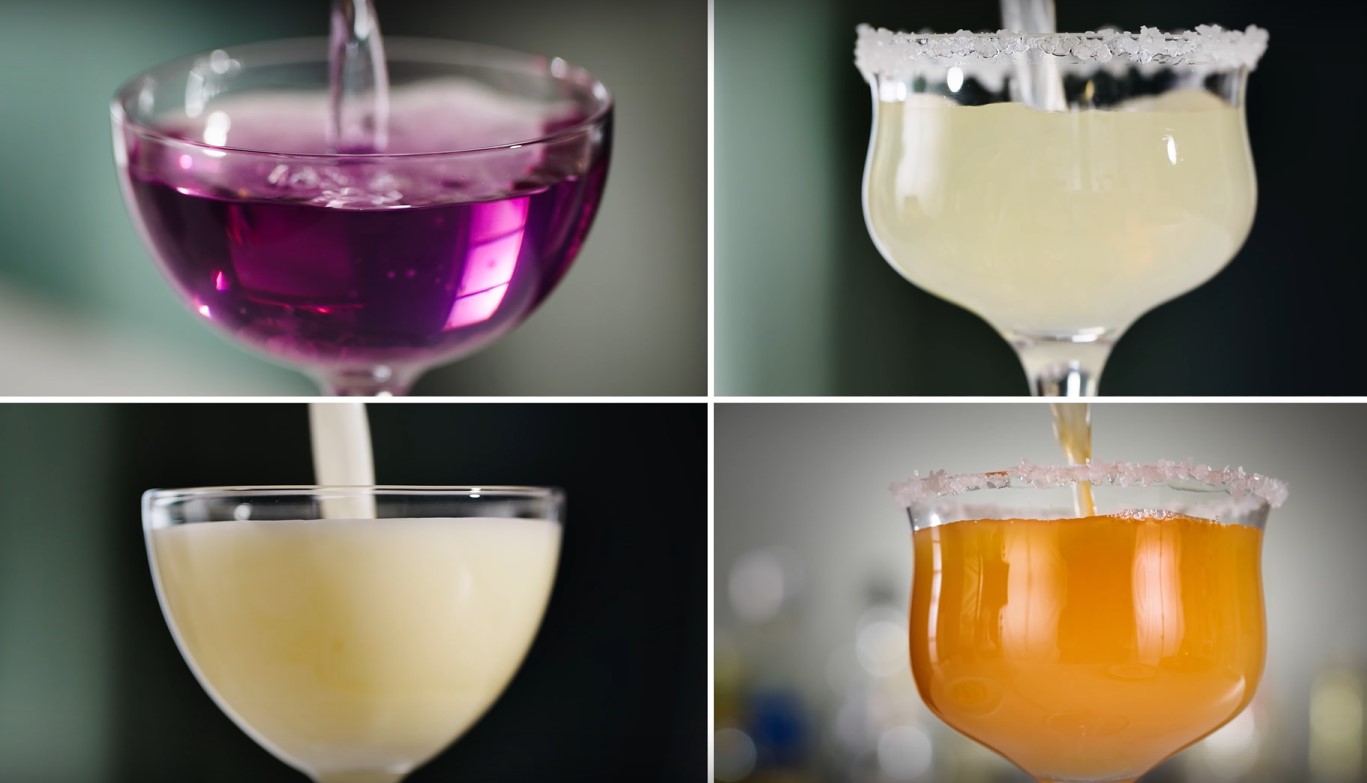
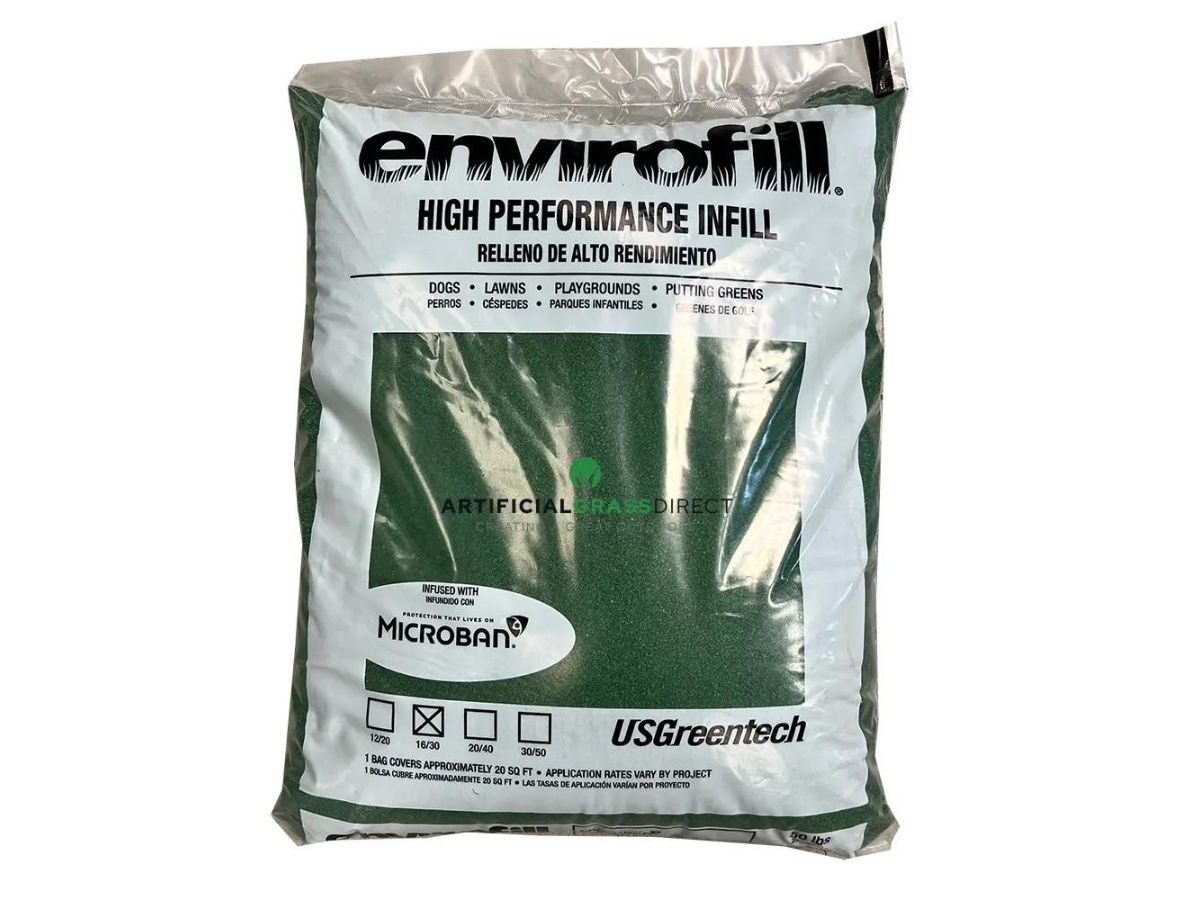
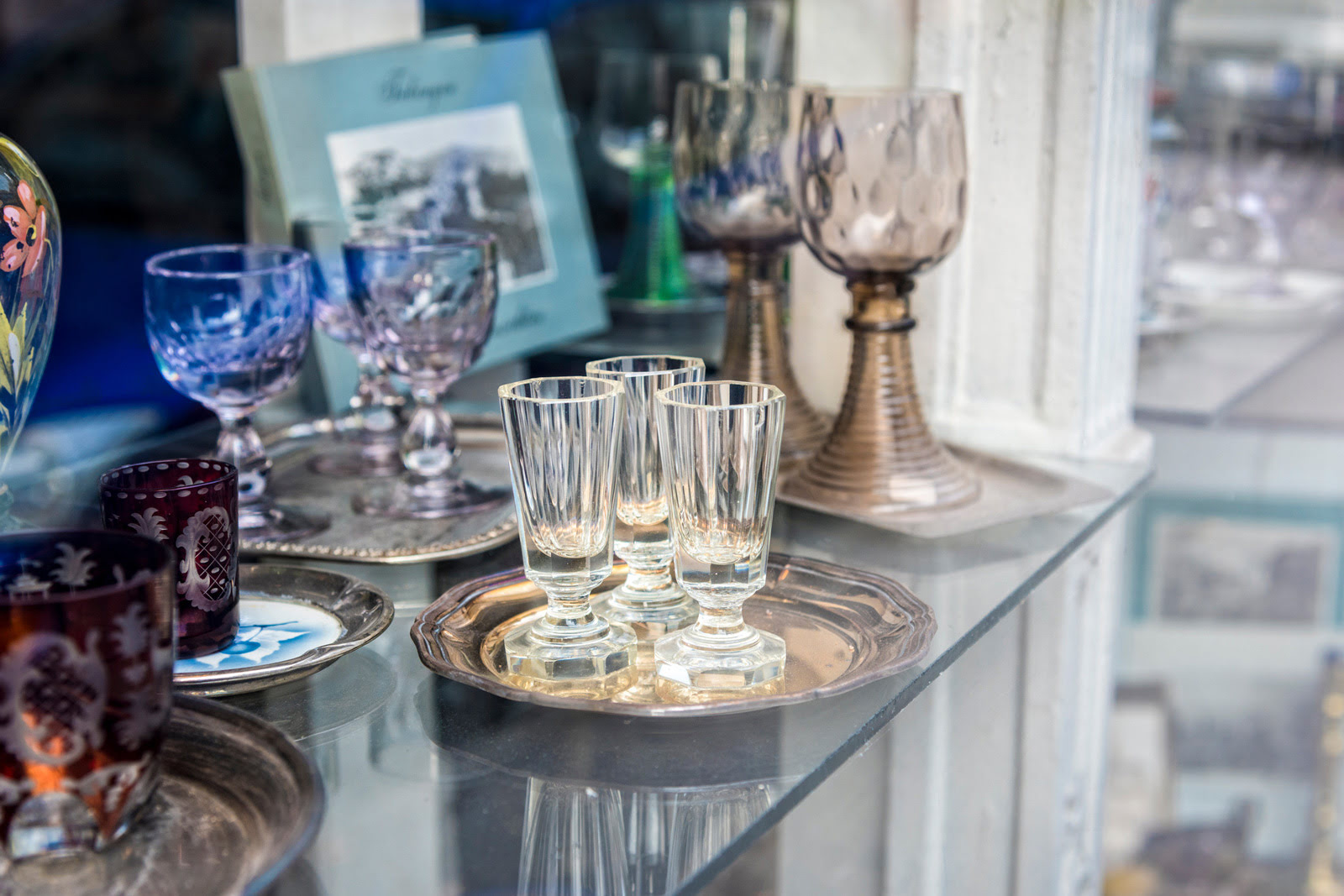
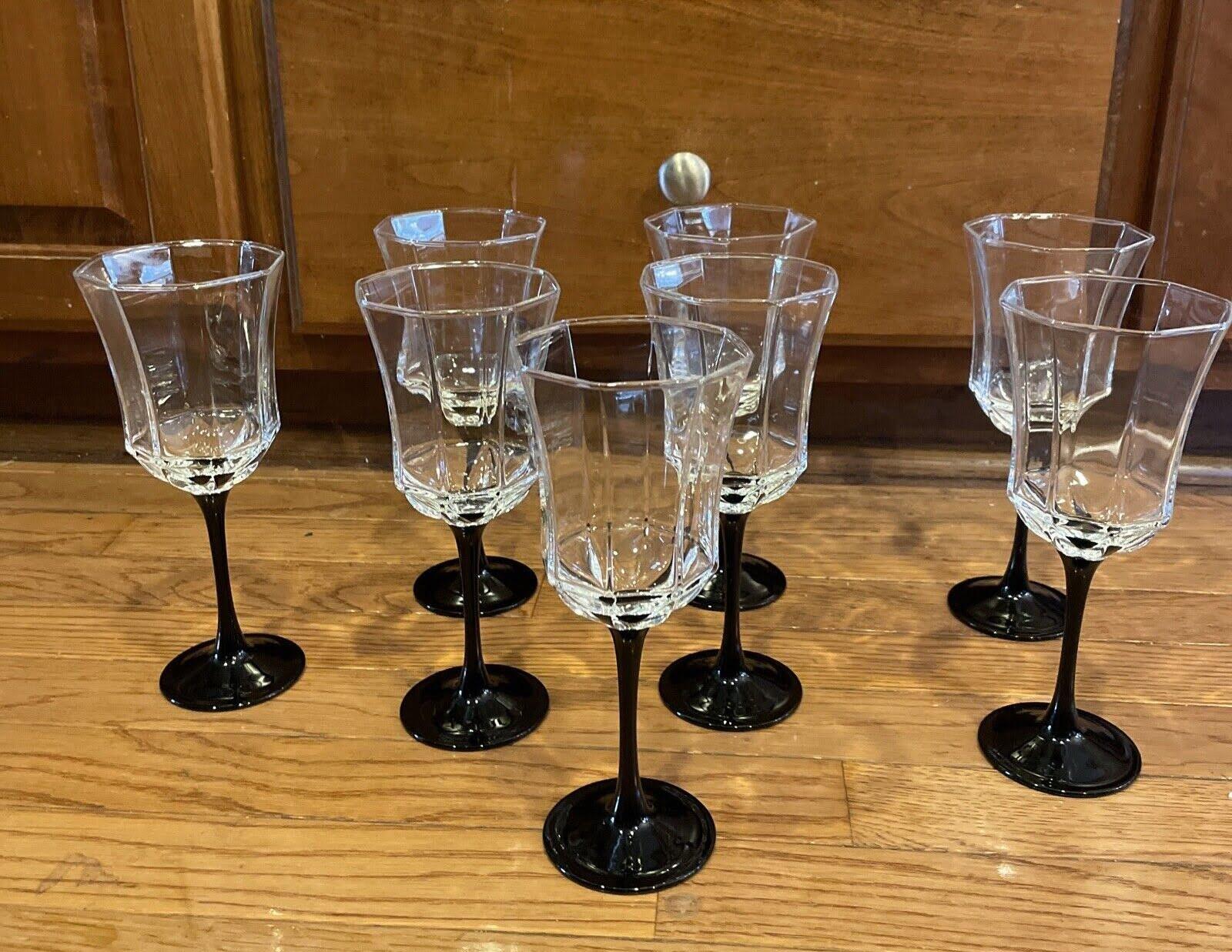
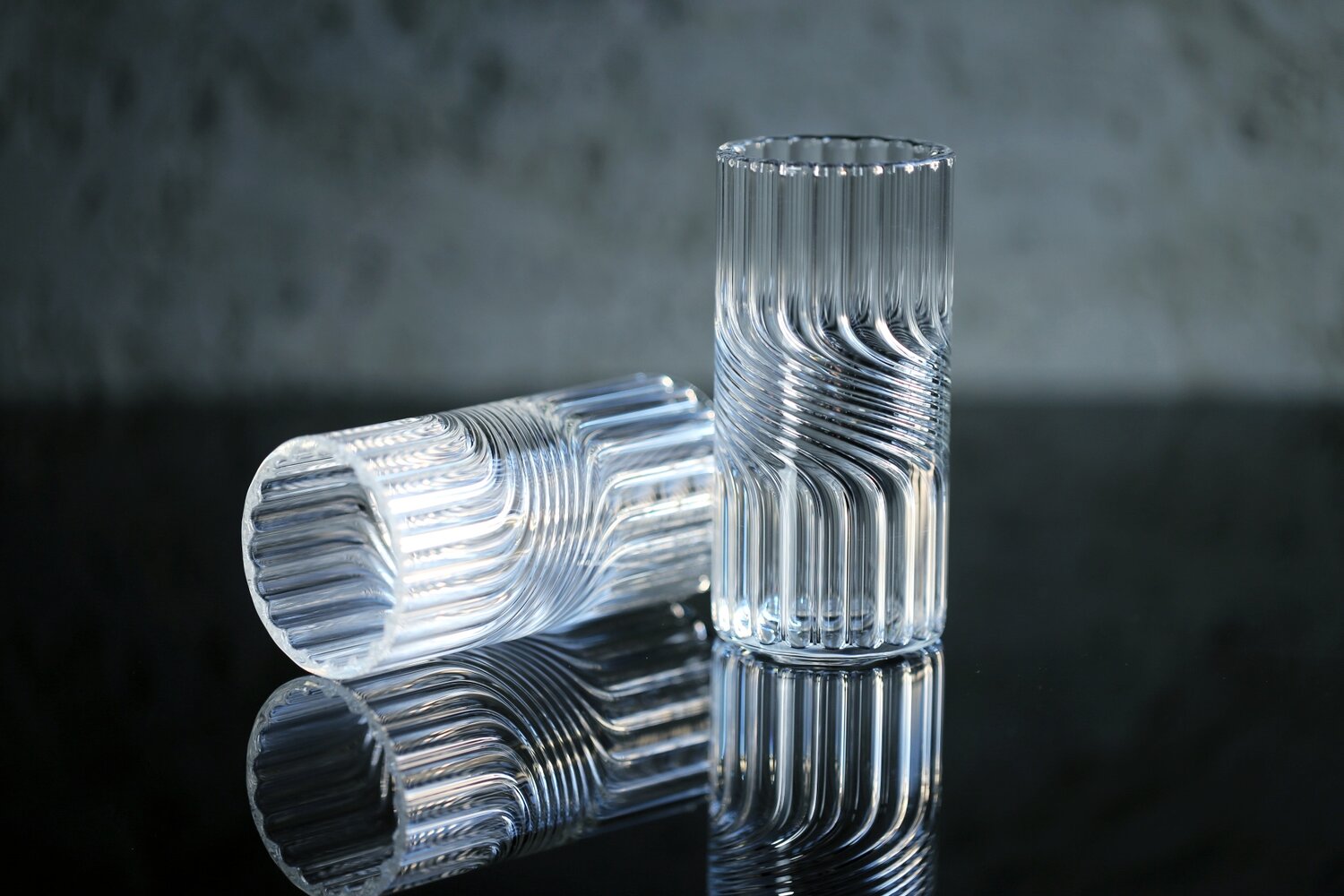
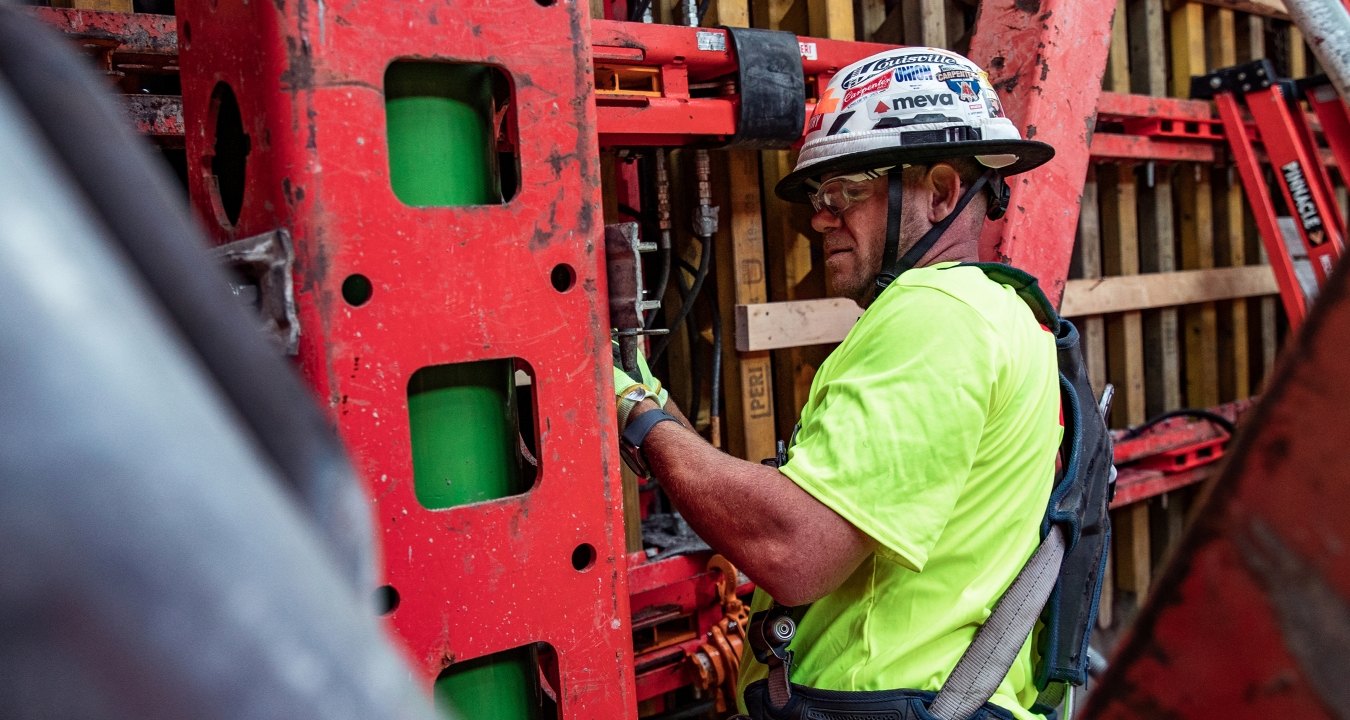

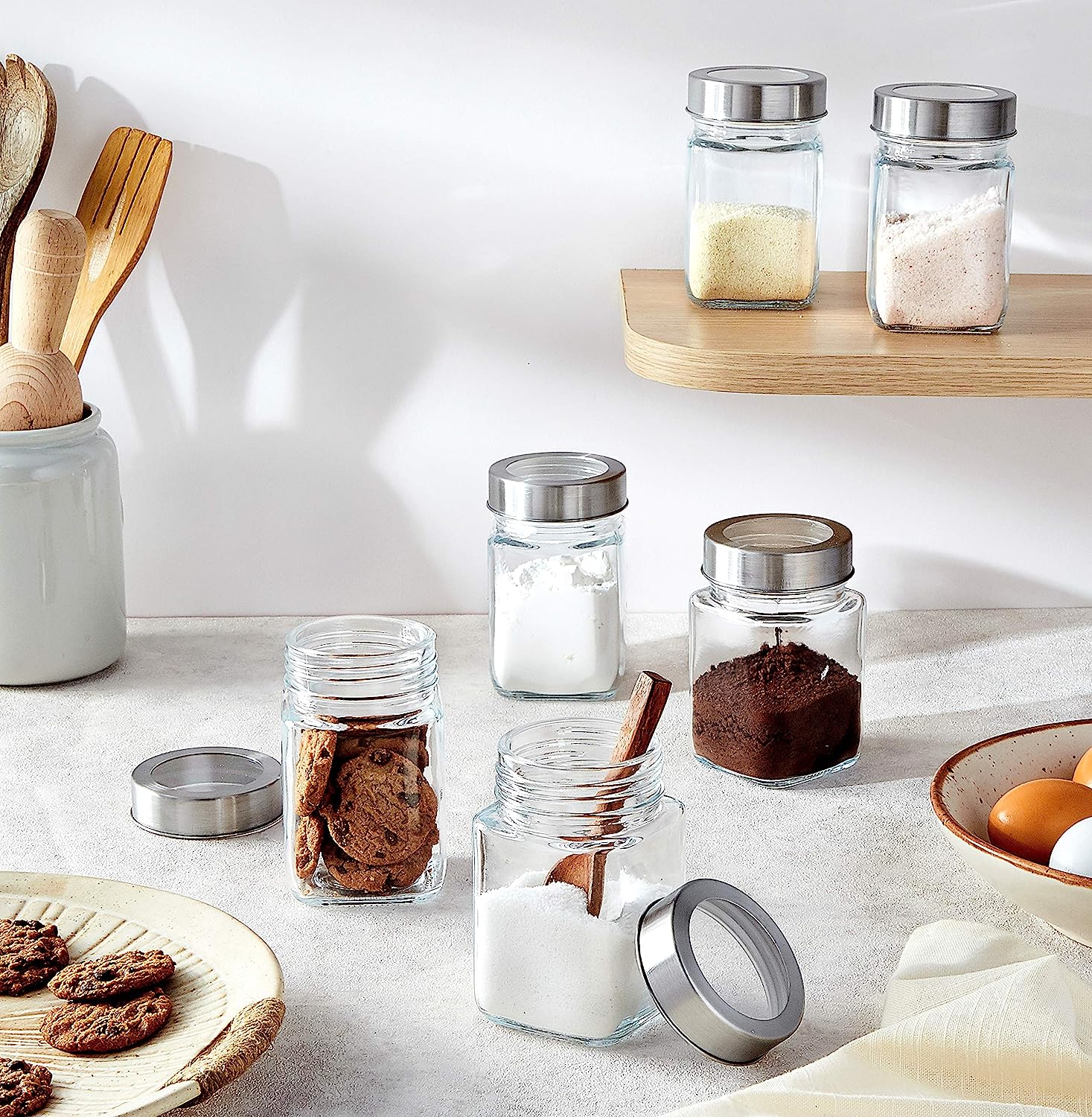
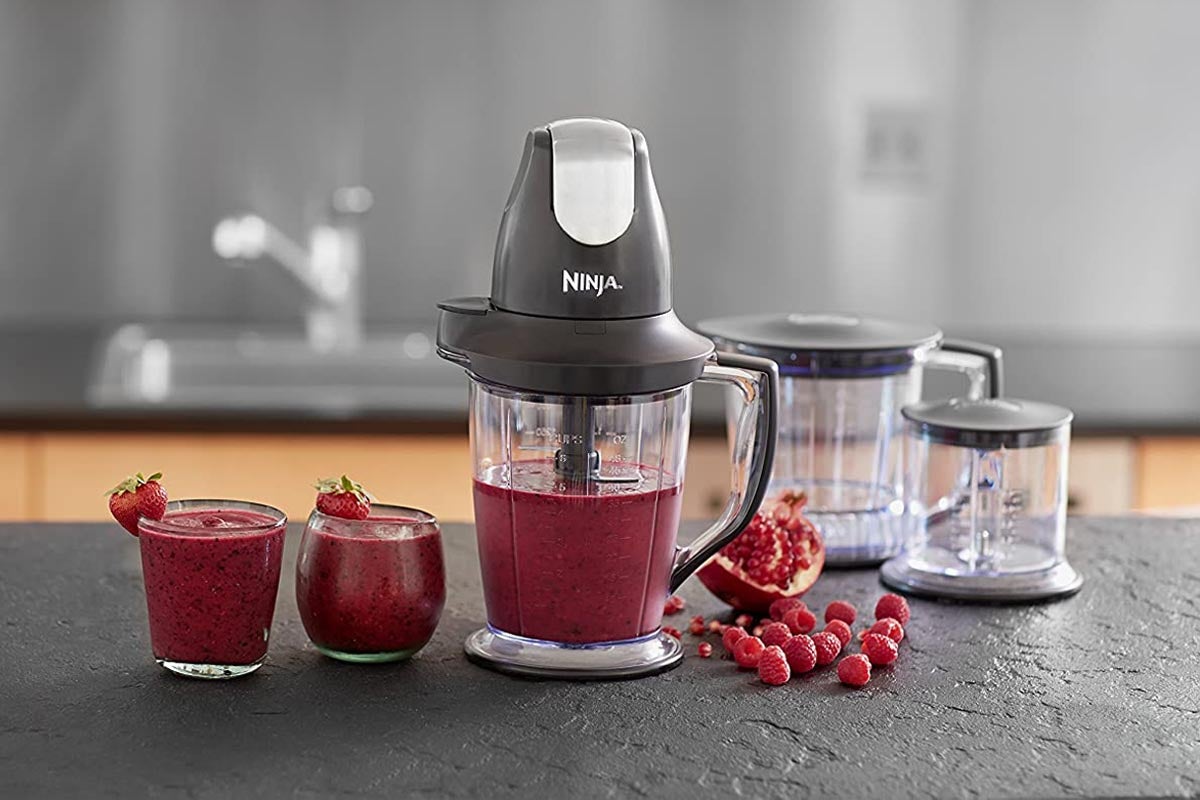
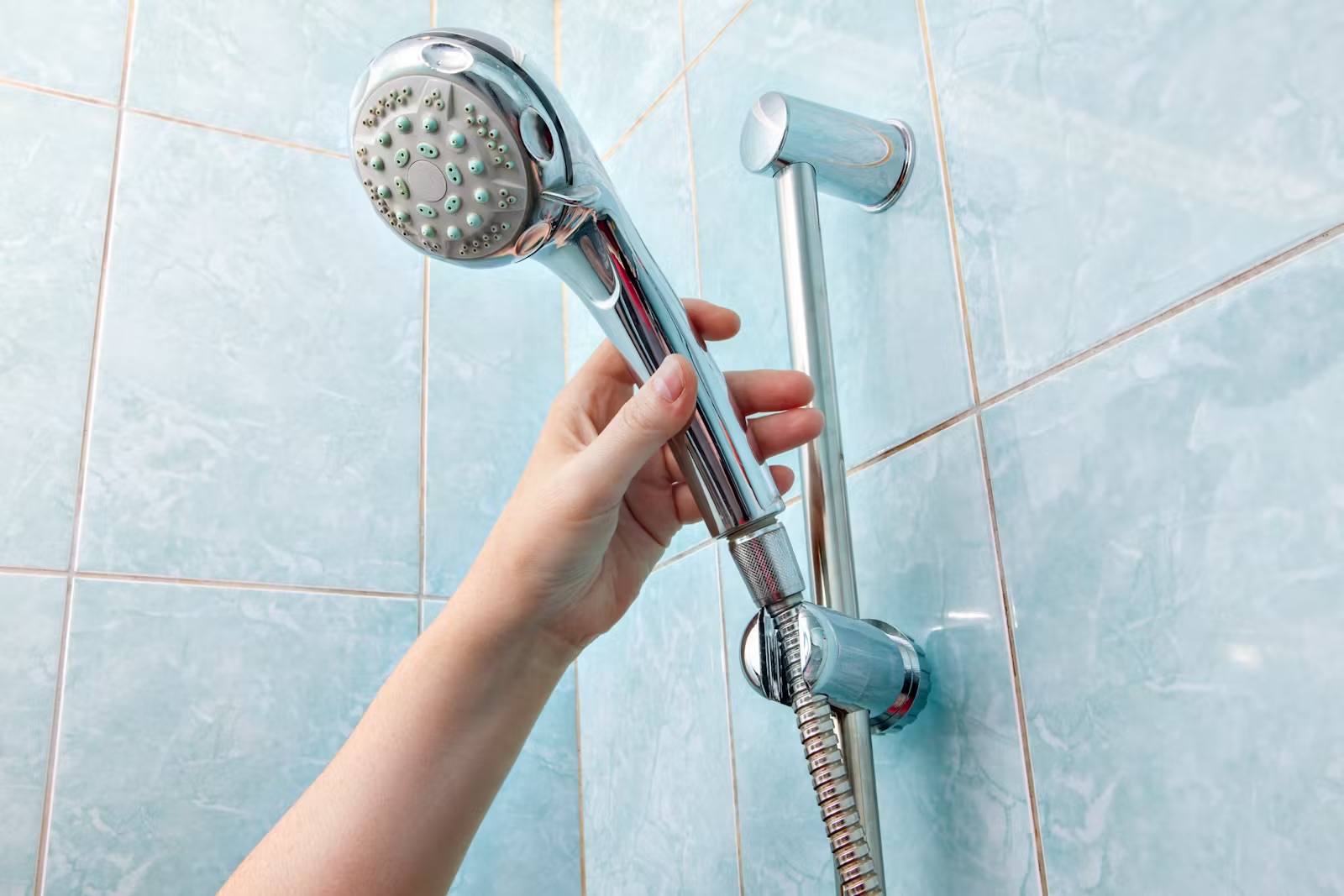
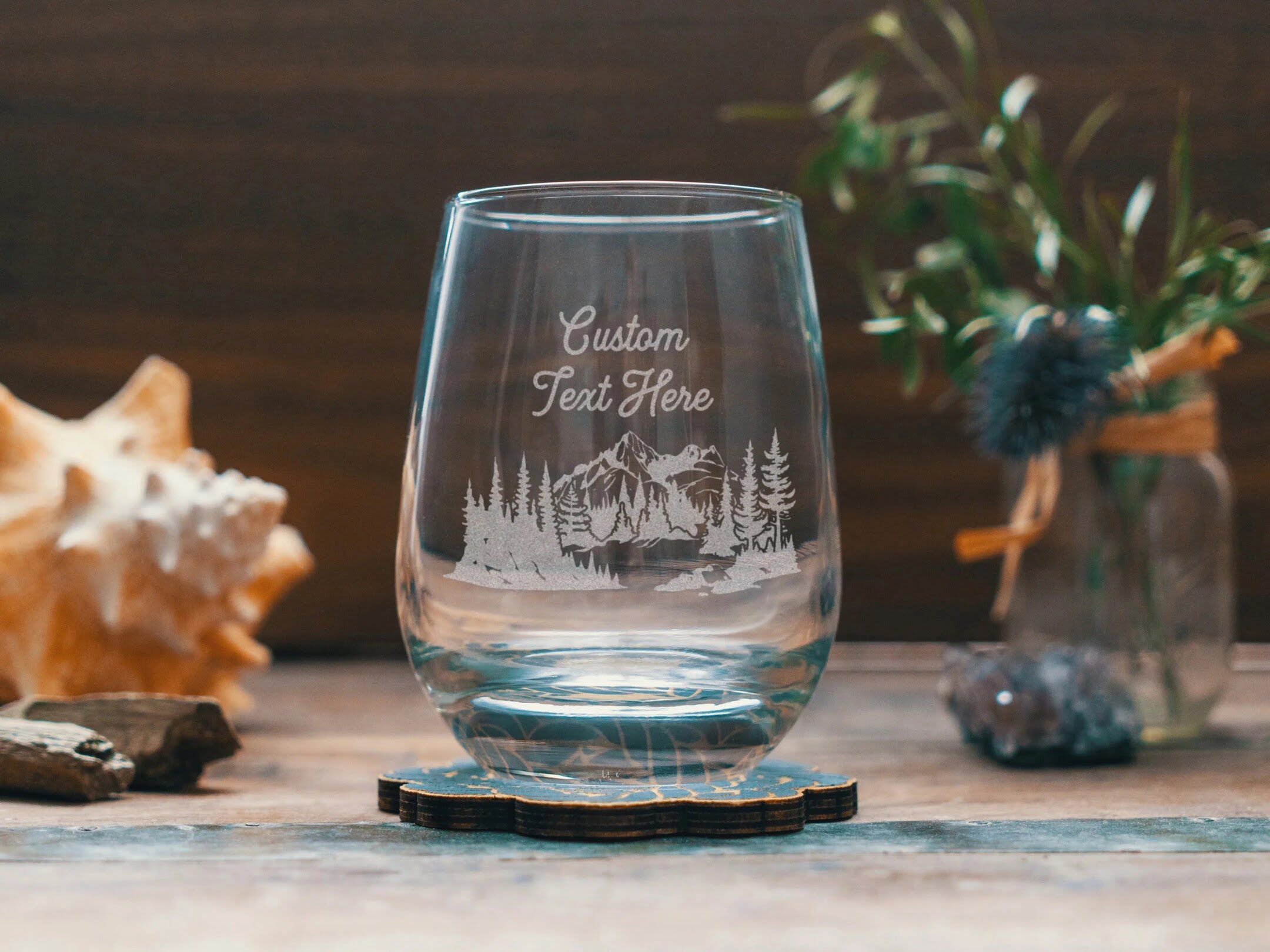
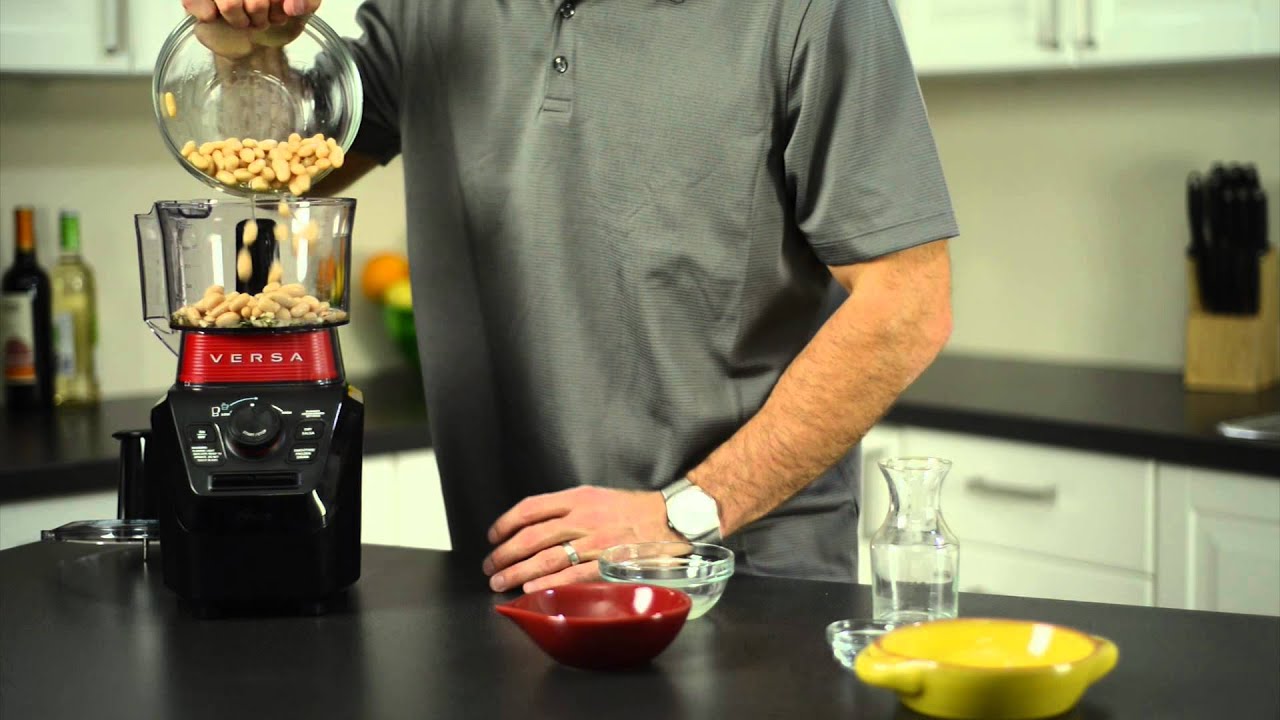
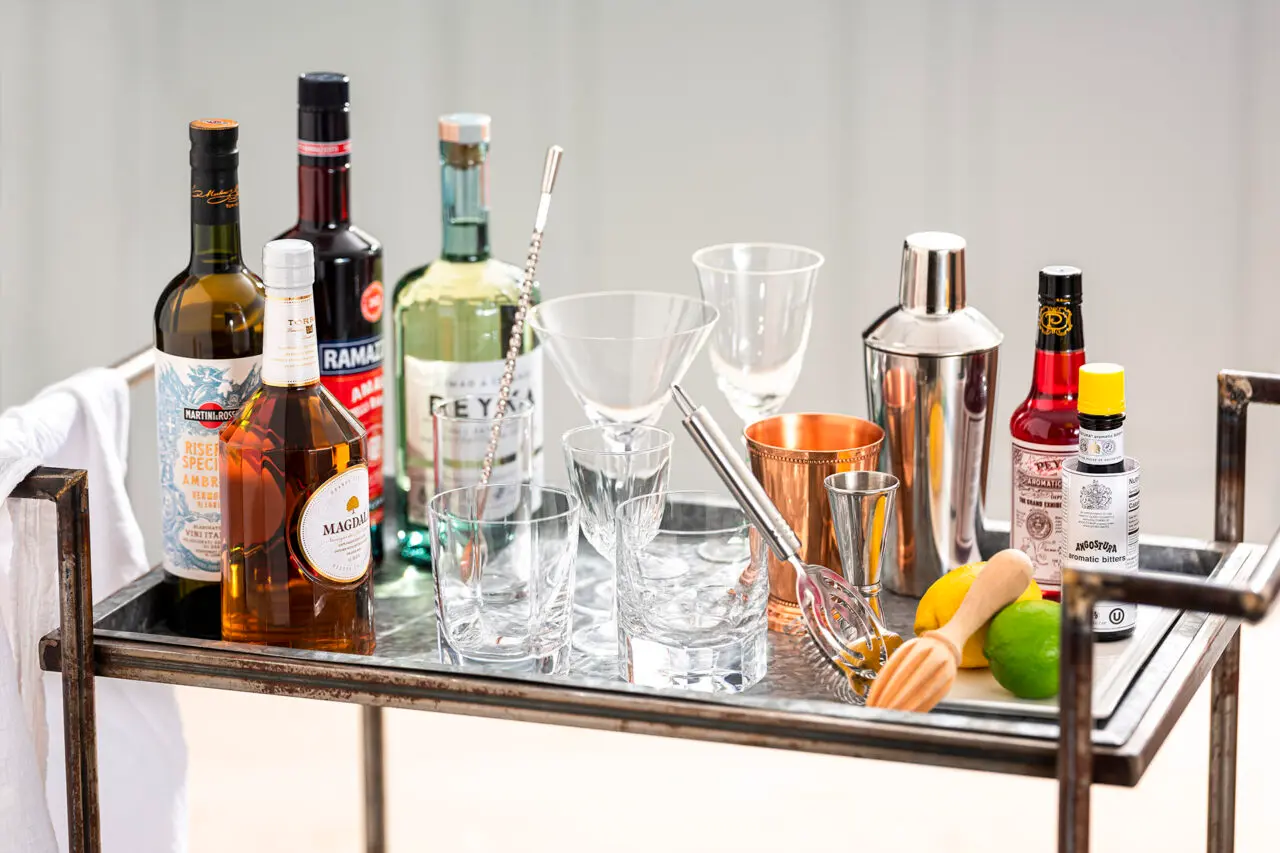

0 thoughts on “What Is The Best Glassware For Performing Small Chemical Reactions”